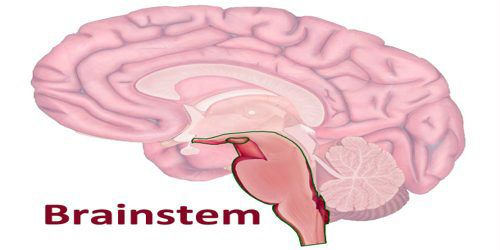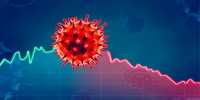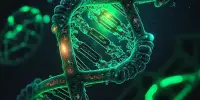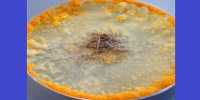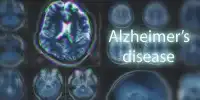The brainstem (brain stem) is the distal part of the brain that consists of the midbrain, pancreas, and medulla oblongata. In the human brain, the brainstem consists of the midbrain, the pons, and the medulla oblongata. The midbrain is disconnected from the thalamus of the diencephalon through the tentoral groove, and the diencephalon is sometimes incorporated into the brain. The brainstem is divided into three categories of humans: midbrain (menisciflon), pons (meintifalon), and medulla akongata (myelinfallon). All of these brainstem functions are enabled due to its unique physiology; Since the brainstem holds the cranial nerve nucleus and it is an entrance to many important nerve pathways. This article will discuss brainstem anatomy in a student-friendly mode and help you ace the neuroanatomy tests.
The brainstem is a very small component of the brain, about 2.6 percent of its total weight. It has a critical role in helping to regulate cardiac and respiratory activity, heart rate, and respiratory rate. The brain has many control centers for important functions of the body such as swallowing, breathing, and vasomotor control. All cranial nerve nuclei, except those associated with smell and vision, are located in the brainstem, providing motor and sensory functions to the structures of the cranium, including the muscles of the mouth, tongue, throat, and larynx, as well as providing the senses with taste, balance, and hearing. Ten pairs of cranial nerves come from the brainstem. Other roles include control of the central nervous system and the body’s sleep cycle. Connect the brain to the spinal cord, the nerve fibers inside the spinal cord, and the tissues. The spinal cord, along with all parts of the brain, is part of the central nervous system. Because of the important neural structures concentrated in this tiny part of the nervous system, even very small lesions of the brainstem can have profound effects. Speech disorders, vestibular disturbances, abnormal consciousness, dysphagia, and respiratory disturbances are just a few examples of the possible consequences of brainstem disorder. These pathways include the corticospinal tract (motor function), the dorsal column-medial reminisces path (fine touch, vibration sensation, and proprioception) and the spinothalamic tract (pain, temperature, itching, and crude touch).
